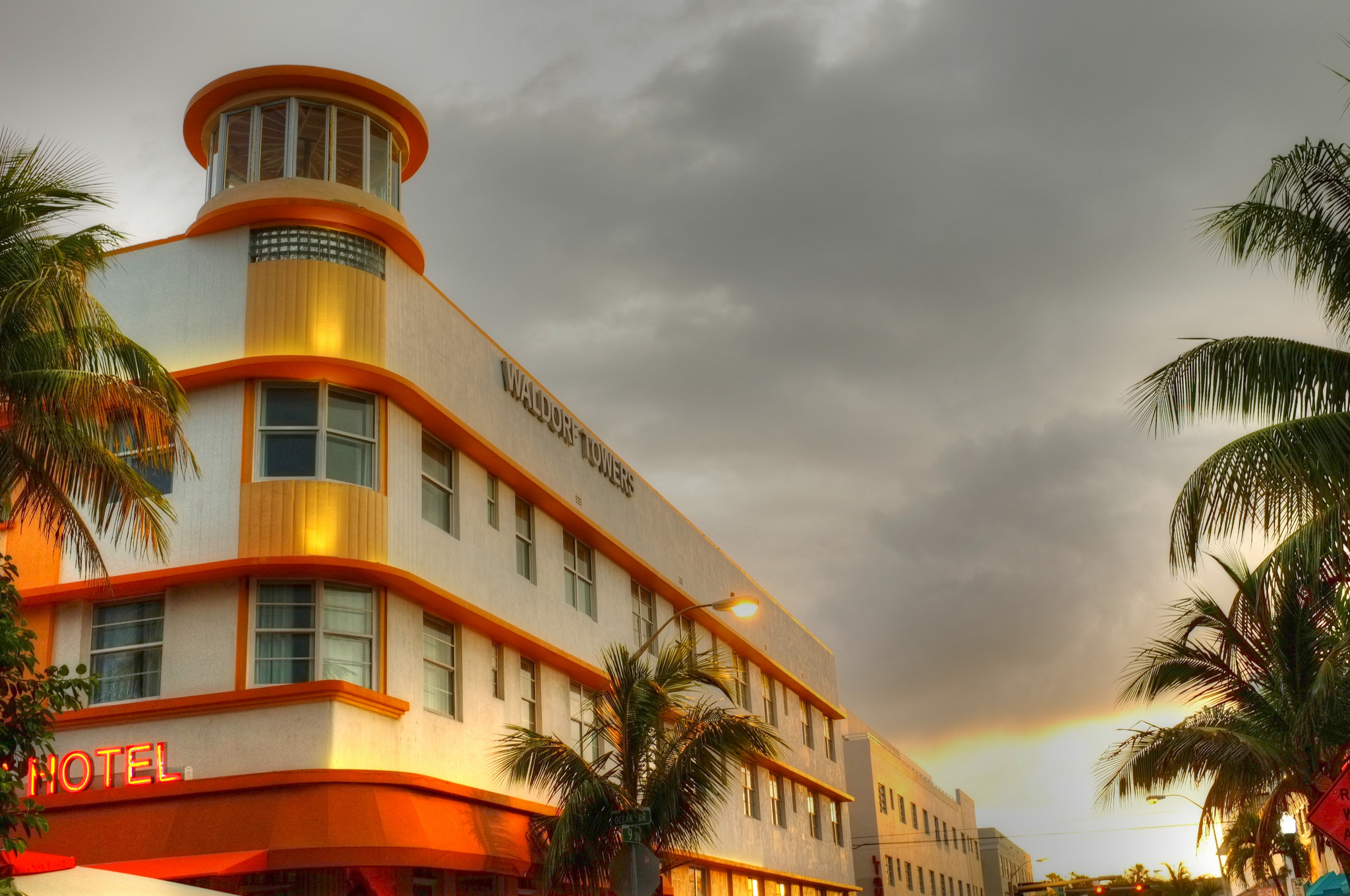The City of Shibam: Conservation Beyond “Preservation”
When conservation goes beyond preserving the external appearance of historic structures and meets the local needs of the population, it becomes environmentally, economically, and culturally sustainable. Sustainability breathes new life into decaying, yet unspoiled neighborhoods. The old walled city of Shibam in Yemen is a city that, out of necessity, created such an environment.
“Manhattan of the Desert”
Shibam, located in Yemen, has been called the “Manhattan of the Desert.” It was added to UNESCO’s (United Nations Educational, Scientific and Cultural Organization) World Heritage list in 1982 for obvious reasons. It is the best display of urban planning based on the principle of vertical construction and one of the earliest examples of a skyscraper city; the Hadhrami’s (Muslim and Arab inhabitants and their descendants living in the Hadhramaut region) tradition of design, construction, and materials have been preserved despite its vulnerable state; and the compacted sun-dried mud brick structures on top of stone foundations are the oldest and tallest mud structures in the world. The city itself is estimated to be about 1,700 years old while the majority of approximately 500 apartment homes, some as high as 7 stories, were constructed in the 16th century after a devastating flood. The oldest dwelling in the city is the House of Jarhum that is close to 400 years old.
Beyond “Preservation”
After the city of Shibam ceased to be a valuable spice and incense trade route where success and wealth hinged on what others brought in or through, it was forced to find ways to support those who decided to settled there by choice or because they lacked the ability to move elsewhere. Thus, preservation was borne more out of a need to be self-supporting and to maintain a livable environment than out of a desire to protect historical Hadhrami architecture and culture. Below we will examine ways in which the city’s inhabitants became more self-supporting, tapping into a more environmentally, economically, and culturally sustainable way of living that continues to be a challenge.
The eroding mud-bricks are made of local clay and sandy soil that can be found in the spate irrigated land of the surrounding landscape. This material is renewable, abundant, and inexpensive to harvest, which is why it continues to be used to re-surface the adobe structures after heavy seasonal rains. The material is also integrated into the economic structure of the region’s traditional practice of spate agriculture. As of 2002, the GOPHCY (General Organization for the Preservation of Historic Cities in Yemen) succeeded in rehabilitating more than 60% of the traditional housing in Shibam, and documenting 98% of them. Preserving these adobe structures makes the most environmental and economic sense. The Hadhrami are a people steeped in tradition and there is literally no room (or desire) to remove those traditions. Dwellings remain traditional in their layout. The rooms on the second floor are still used by the men for socializing, while the third and fourth level rooms are where the women’s areas, communal uses, and bridges and doors that connect the houses are found.
A well-restored architectural gem is meaningless if the needs of the people are not met. Preservationists in the U.S. could learn much from this and other traditional neighborhoods of vernacular historic buildings.

